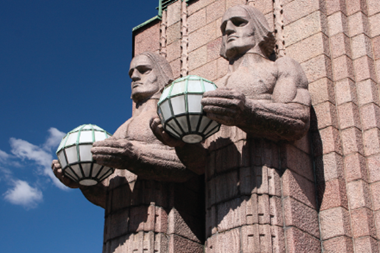Finnish pensions insurer Varma has slashed the carbon footprint of its listed equities, corporate bonds and real estate portfolios by around a quarter over the past two years.
In preliminary results for 2017, the €45.2bn pension provider said carbon generated by its listed equities had fallen 27% in 2017 from the 2015 baseline, while emissions related to its corporate bonds and real estate had declined by 22% and 18% respectively.
Varma said: “This result was achieved, for example, by focusing on low-emissions industries and by avoiding emissions-intensive industries such as energy and mining.”
The firm said its goal was to bring the carbon footprint of its holdings down and to develop the portfolio to conform with the targets of the Paris climate agreement.
Reporting its financial results, Varma said it generated a 7.8% return on investments for the full year, up from 4.7% in 2016.
Total assets under management grew to €45.4bn, up from €42.9bn a year earlier.
The growth was not enough to preserve Varma’s long-held position as the largest Finnish pensions insurance company. Its rival Ilmarinen – which has just merged with the smaller Etera – reported earlier this month that its investment portfolio had risen in value to almost €45.8bn at the end of 2017.
Local government pension fund Keva is still the most asset-heavy pension fund in Finland, with total investments valued at €50.9bn at the end of September 2017.
Varma reported that all asset classes had ended 2017 with positive returns.
Directly held unlisted equities and co-investments produced the highest return, generating 18.5%, even though this was lower than the 23.7% return from the asset class in 2016.
Listed equities, meanwhile, returned 11.6%, up from 4.5% the year before. Fixed-income investments returned 3.7%, while Varma’s allocation to private equity funds gained 7.9%.
Reima Rytsölä, Varma’s CIO, said: “The pick-up in the global economy led to booming equity markets worldwide, and the strong return on Varma’s investments had a direct correlation with the economy.”
He predicted brisk economic progress would continue, “unless the wings of growth are clipped by central banks’ tightening monetary policy”.









